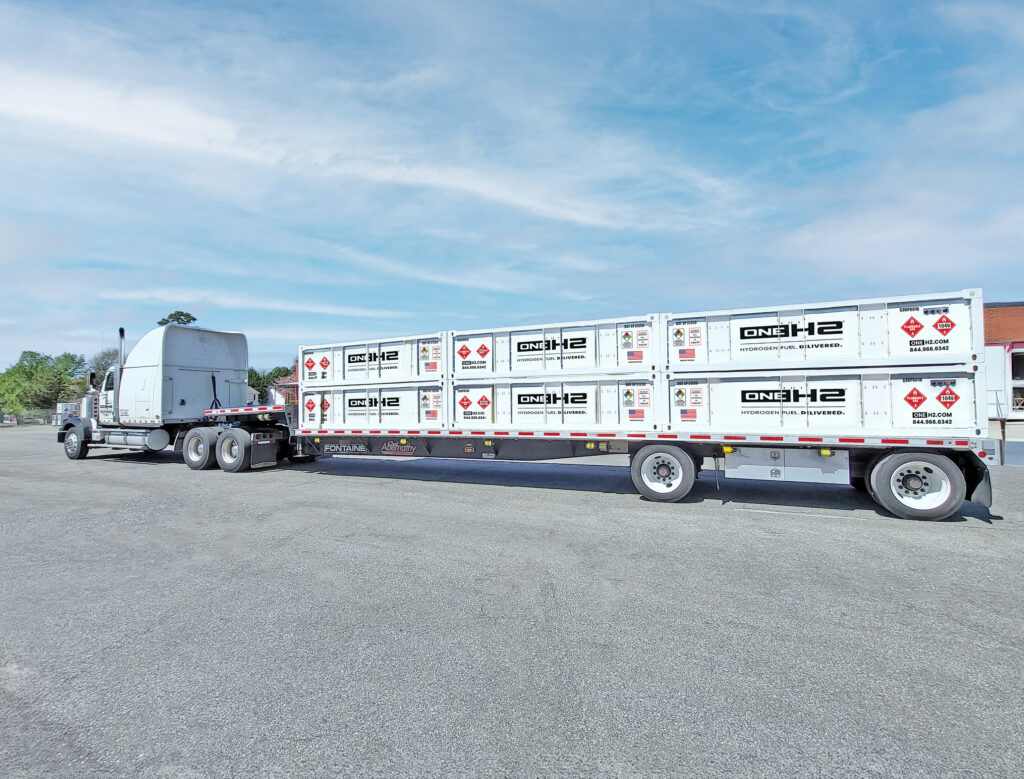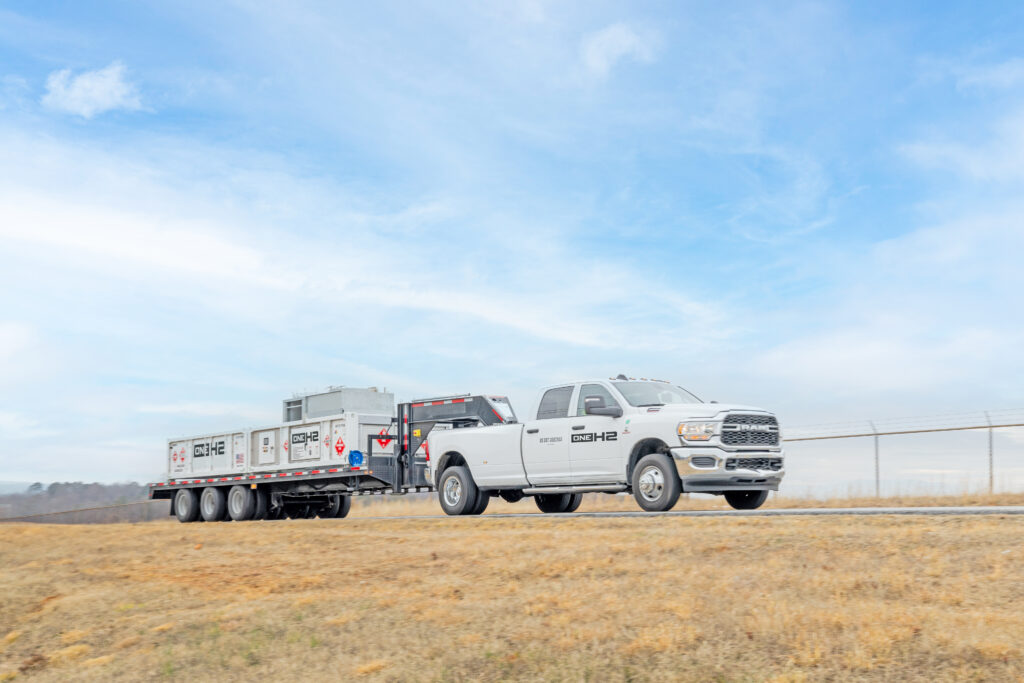As industrial operations look for opportunities to decrease their carbon emissions, hydrogen fuel cell vehicles and battery-electric vehicles have emerged as potential solutions. These power options generate zero carbon emissions at the tailpipe and are available for a growing range of vehicle types. They also meet new emissions requirements for industrial vehicles. However, for fleet managers, there are other key factors to consider in determining which solution is the right fit to power their operations. Industrial equipment often has to operate in extreme temperature conditions, either due to climate or operating environment. Fleet managers need to know whether vehicles will perform under conditions with extreme heat or cold.
Recent studies show that hydrogen fuel cells outperform battery-electric vehicles (BEVs) under severe temperature conditions. For operations in locations that regularly see subzero temperatures or temperatures over 100°F, this can have a significant impact on productivity and efficiency. Certain industries such as mining, shipping and ports, and material handling can also offer unique operating environments with excessive heat or extreme cold. Underground mining can generate heat at the job site which leads to high-temperature environments. Materials handling in cold storage facilities can require forklifts and other vehicles to operate in below-freezing temperatures. Shipping and port operations are located across the globe, from the Equator to the Arctic, and require vehicles that can maintain a high workload across a range of climates and temperatures. For both high-heat and sub-freezing environments, hydrogen fuel cells have demonstrated superior performance compared to battery-electric vehicles.
One study by hydrogen researchers in Bangladesh found that Proton-Exchange Membrane Fuel Cells (PEMFC) performed with greater efficiency in high-heat situations. While the study found that optimum operating temperature results in the highest performance, high-temperature conditions, “increase the performance and efficiency, power production, voltage, leakage current, but decreases mass crossover and durability” of hydrogen fuel cells. This demonstrates that hydrogen fuel cells are a viable option for equipment that needs to operate in extreme heat due to location or job site environment, as they maintain or increase efficiency as temperatures increase. The performance of hydrogen fuel cells far outweighs any slight decrease in durability, providing overall reliable power in high-heat operations.

Additional research and development of polymer fuel cells has expanded the capabilities of these vehicles to operate in higher temperatures. While previous iterations of these fuel cells required large radiators and other cooling systems to maintain optimal operating temperature, new developments by researchers at Los Alamos National Laboratory allow polymer fuel cells to operate at 80-100°C, reducing the overall power system size and weight. This is especially important for transportation and trucking vehicles where vehicle weight has a large impact on efficiency and profitability. The lower-weight fuel cells allow long-haul trucks to gain the range and performance benefits of hydrogen fuel without adding significant weight.
Many work sites operate under extremely cold temperatures. To determine which power system performed best in these conditions, Cleveland State University conducted a study in partnership with eight transit agencies. The study tracked the performance of battery-electric and hydrogen fuel cell buses in sub-freezing temperatures. It measured their performance when shifting from ambient temperatures of 50-60°F to 22-32°F. While both power systems saw a decrease in overall performance, the battery-electric buses had a significantly greater drop. Buses with electric batteries suffered a 32.1 percent drop in efficiency and a 37.8 percent drop in range. Hydrogen fuel cell buses performed better, with only a 28.6 percent drop of efficiency and range decrease of 23.1 percent.
Perhaps the most extreme temperature scenarios for hydrogen fuel cells can be observed in NASA’s current and future fuel cell applications. Hydrogen fuel cells have been in use on NASA missions since the 1960s. From the icy planet of Neptune to the fiery heat of Venus, NASA researchers continue to explore opportunities to adapt hydrogen fuel cells for the extreme temperatures encountered in space.
To achieve long-term viability and adoption, zero-emission fuel options must be able to adapt to extreme high and low temperatures. Compared to battery-electric vehicles, hydrogen fuel cell vehicles offer better performance and efficiency in extreme temperature conditions. This is important across multiple industries and geographic locations as it provides operations with greater flexibility in their vehicle capabilities. Fleet managers do not need to worry about their operations pausing if optimal temperature ranges are not met. Vehicles can continue powering work no matter the climate or job site temperature conditions.
For operations and fleet managers looking for effective ways to transition their fleets to zero-emission vehicles, hydrogen is a viable option that provides peace of mind. Hydrogen fuel cells’ ability to support productivity and uptime goals in addition to sustainability goals makes them a logical selection across industries, locations, and operating conditions. To support the broader adoption of hydrogen fuel cells and other hydrogen fuel technology, hydrogen fuel generation and distribution infrastructure will need to expand to ensure broad access to this lower-emission energy solution.
Link: https://issuu.com/northamericancleanenergy/docs/nace_mayjun2024-web (Page 112.)
Sources
- Salam M. A, Habib M. S, Arefin P, Ahmed K, Uddin M. S, Hossain T, Papri N. Effect of Temperature on the Performance Factors and Durability of Proton Exchange Membrane of Hydrogen Fuel Cell: A Narrative Review. Mat. Sci. Res. India; 17(2). Available from: https://bit.ly/38SVUTC
- https://img.fuelcellsworks.com/wp-content/uploads/2020/01/An-Analysis-of-the-Association-between-Changes-in-Ambient-Tempera.pdf
- https://www.sciencedaily.com/releases/2022/02/220203122932.htm
